
On July 14, 2015, NASA's New Horizons spacecraft zoomed within 7,800 miles (12,550 kilometers) of Pluto, capturing the first-ever up-close images of that distant and mysterious world.
The photos stunned even the most imaginative researchers and space fans, revealing a mind-boggling diversity and complexity of terrain on the frigid dwarf planet.
Take Pluto's famous "heart," whose left lobe is a nitrogen-ice glacier 600 miles wide (1,000 kilometers). New Horizons also saw huge mountains of water ice, weird "bladed terrain" sculpted out of methane ice, and enormous ice volcanoes unlike anything planetary scientists had ever seen.
Pluto revealed: 5 years ago, New Horizons gave us our 1st close look at this distant world
"I was floored," New Horizons principal investigator Alan Stern, of the Southwest Research Institute in Boulder, Colorado, told Space.com. "It is one amazing world — more than we could have asked for."
Stern has been the driving force behind New Horizons — which flew by another object, the distant Arrokoth, in 2019 and is still going strong — from its inception as a concept in the early 1990s. So, to help celebrate the fifth anniversary of the Pluto flyby, Space.com asked Stern to highlight some of his favorite photos from the epic encounter. Here are 10 that stood out to him, with captions he provided. They're presented in no particular order.
More: Destination Pluto: NASA's New Horizons mission in pictures
The flyby hemisphere

Pluto's "far" side
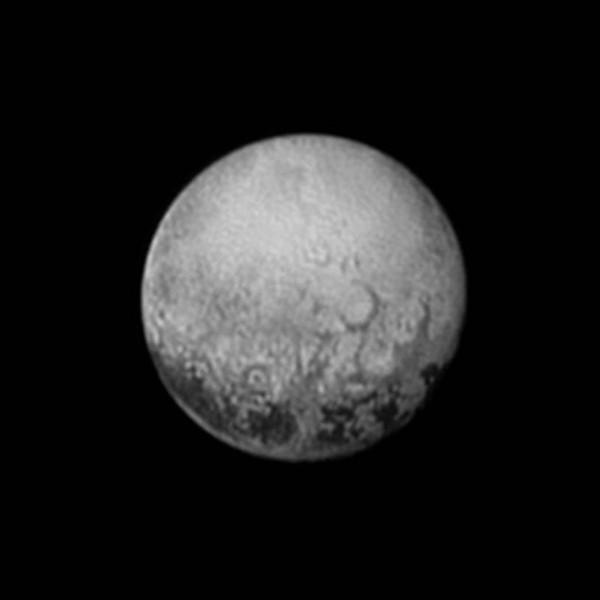
Glacial flow, convection, wind streaks, and dunes on a young glacier larger than Texas
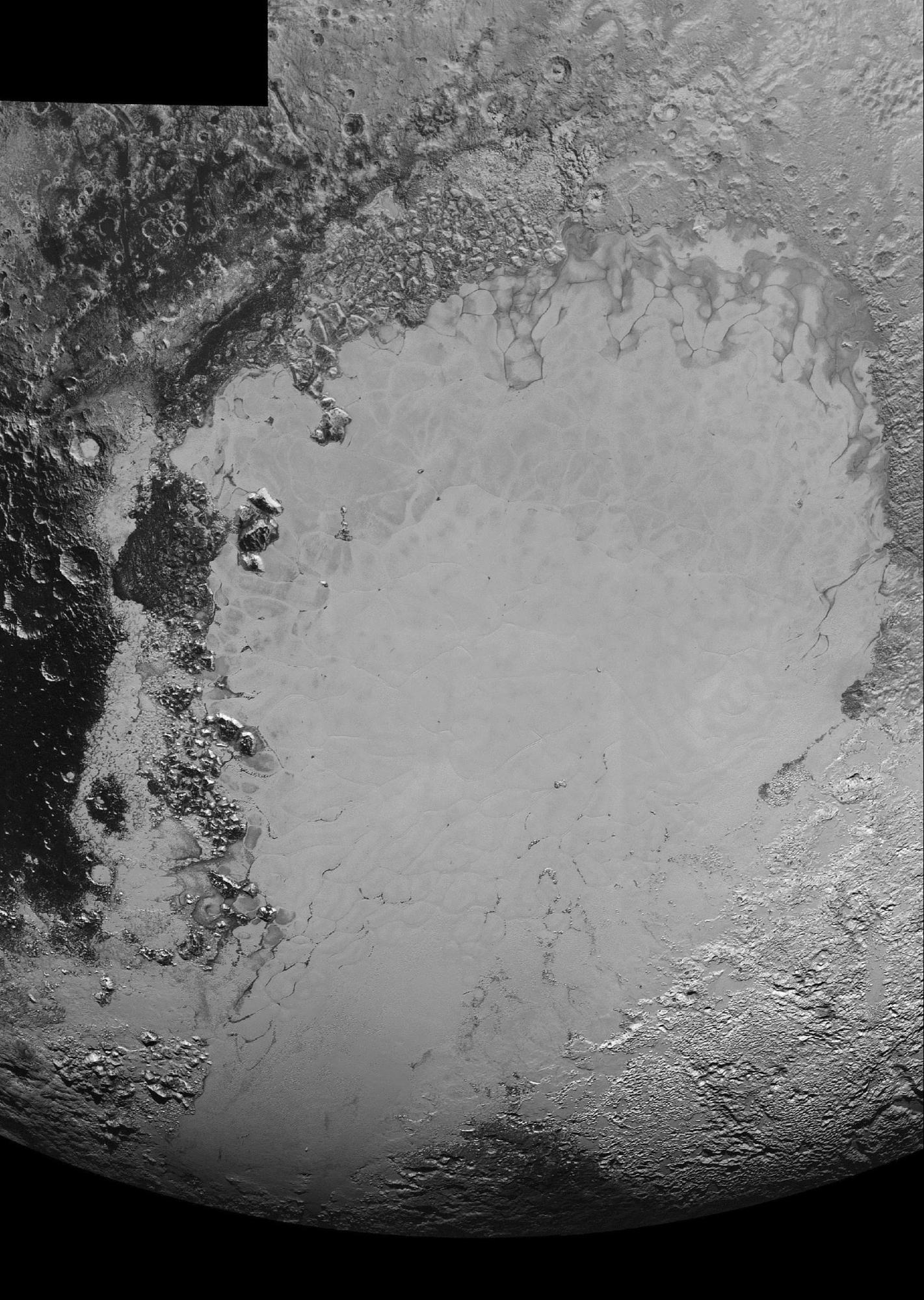
Blue skies

A rugged oblique
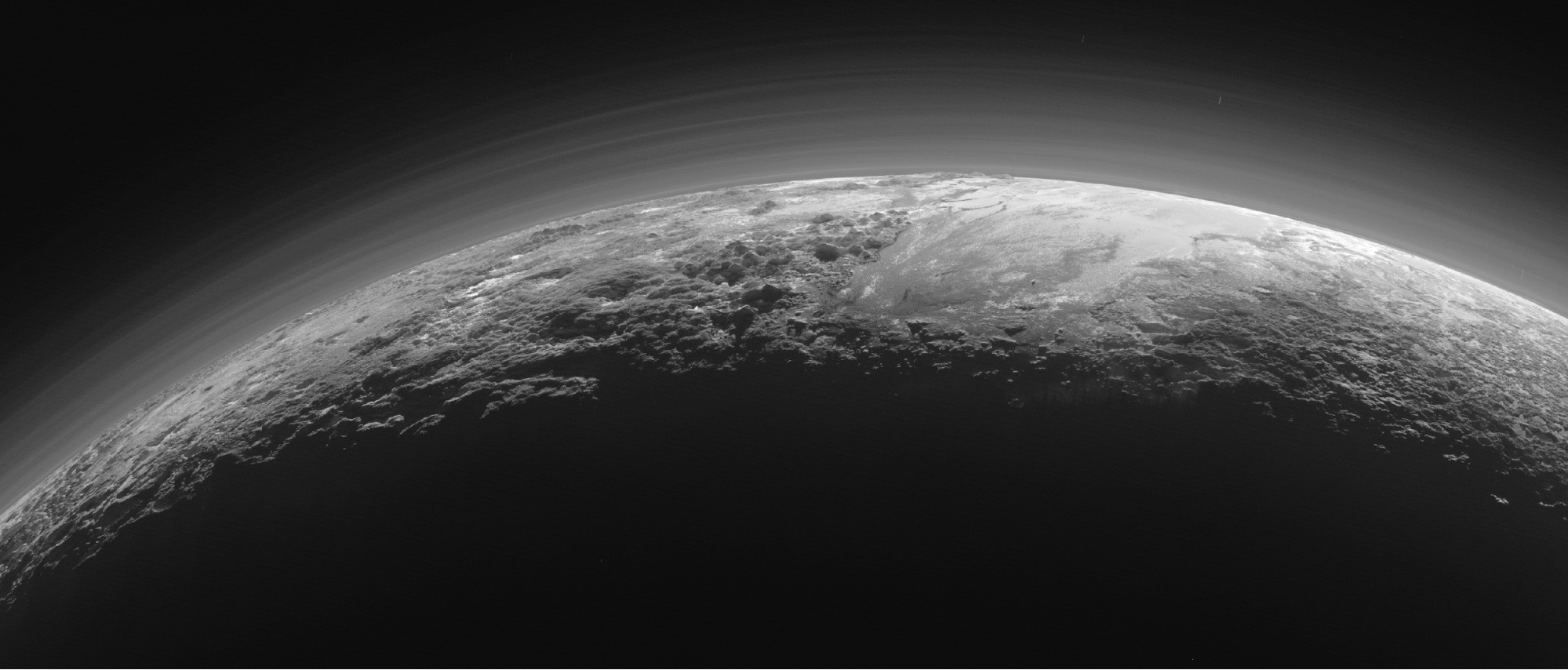
Bladed terrains
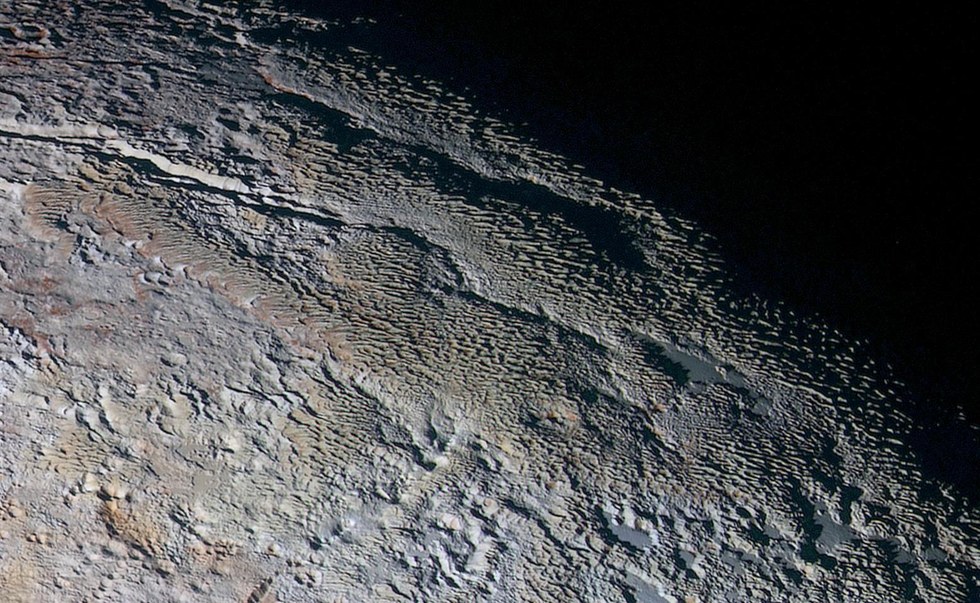
Cryovolcanoes
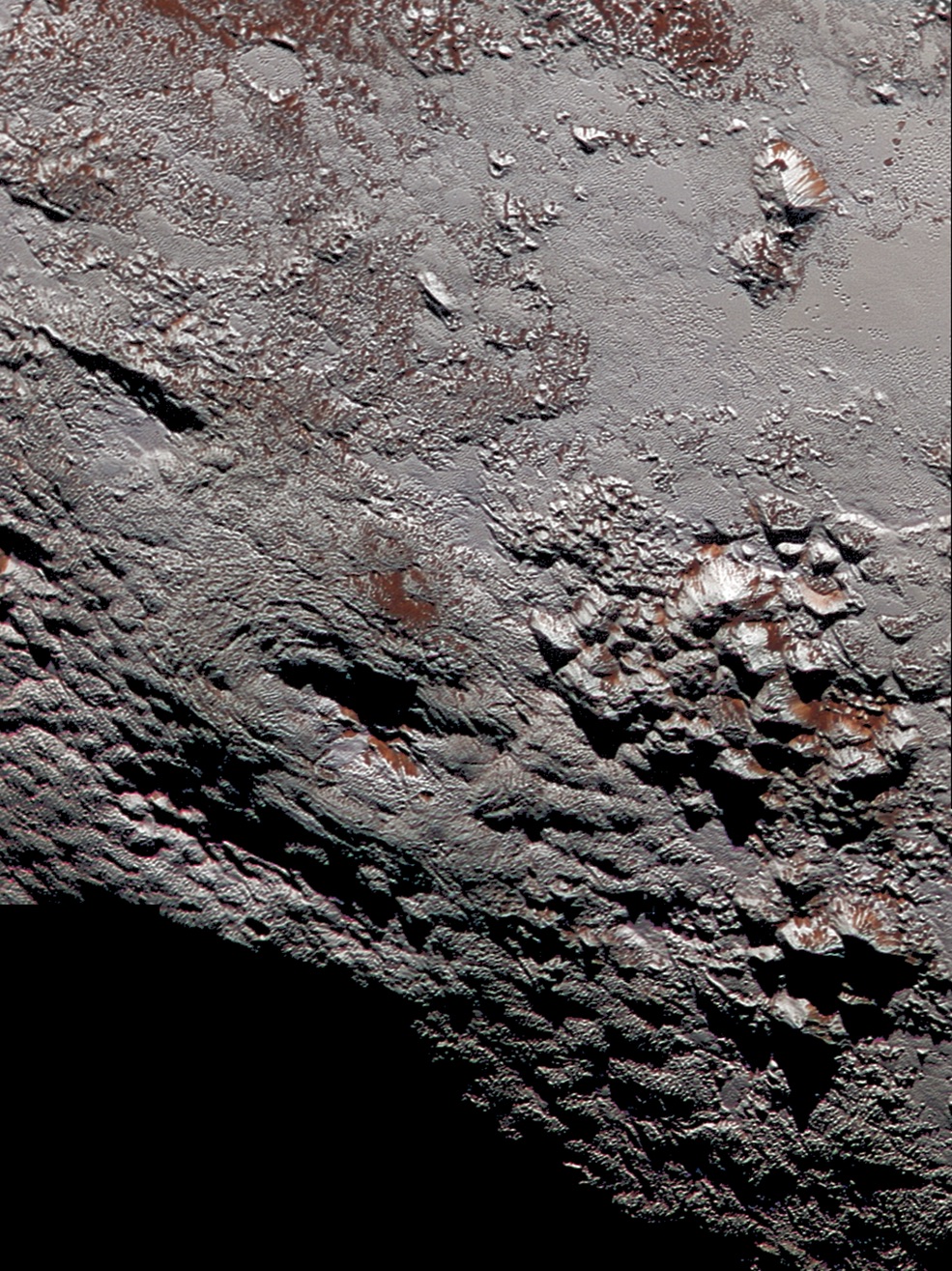
Old terrains
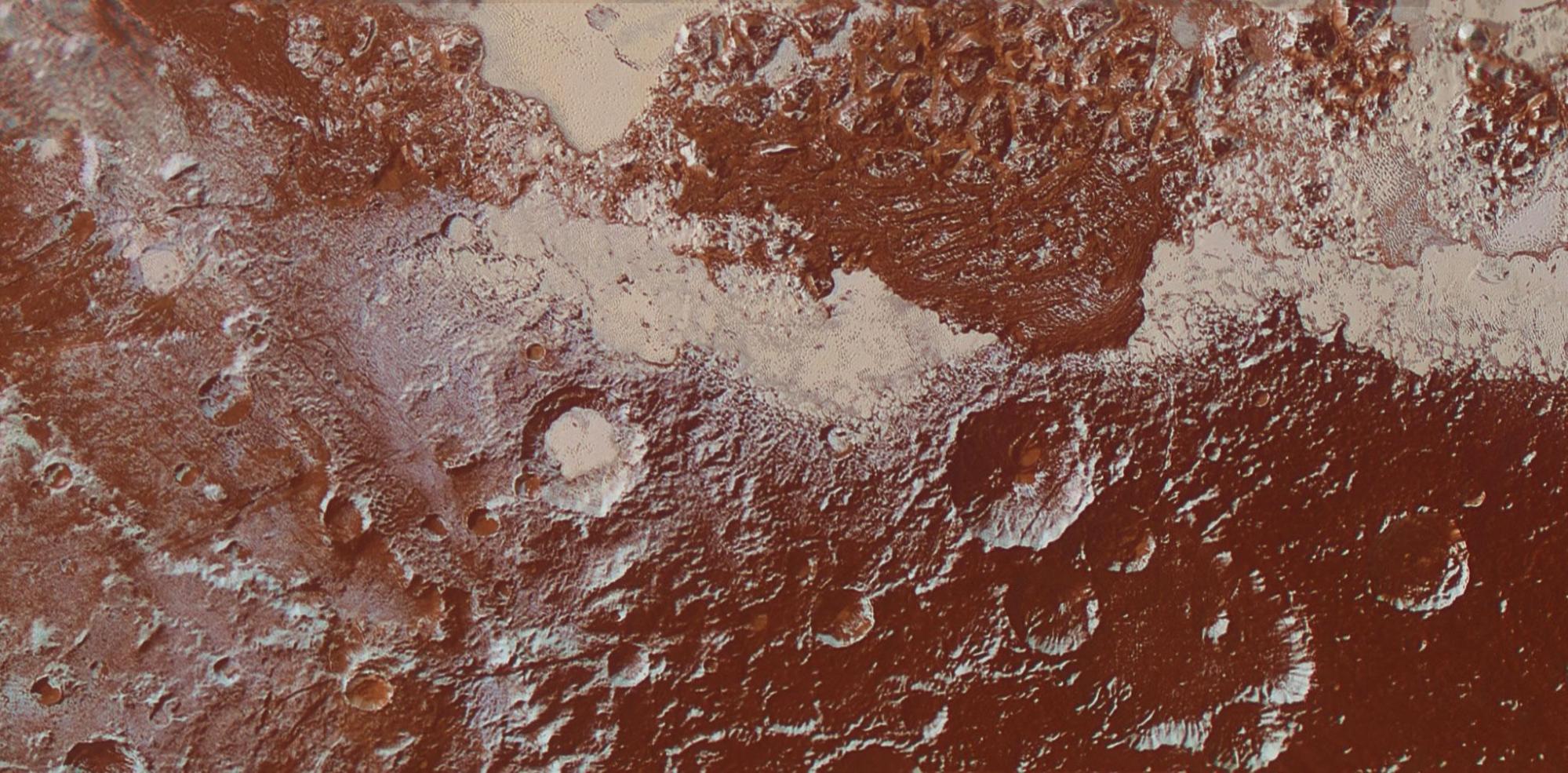
A paleo-lake
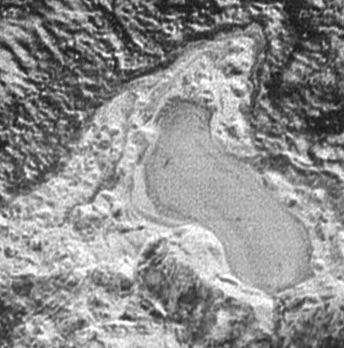
Snowcaps in the Kuiper Belt
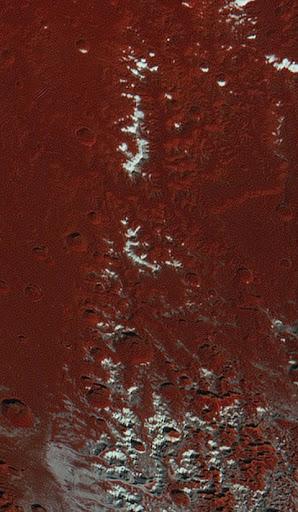
Mike Wall is the author of "Out There" (Grand Central Publishing, 2018; illustrated by Karl Tate), a book about the search for alien life. Follow him on Twitter @michaeldwall. Follow us on Twitter @Spacedotcom or Facebook.
Get the Space.com Newsletter
Breaking space news, the latest updates on rocket launches, skywatching events and more!
Join our Space Forums to keep talking space on the latest missions, night sky and more! And if you have a news tip, correction or comment, let us know at: community@space.com.

Michael Wall is a Senior Space Writer with Space.com and joined the team in 2010. He primarily covers exoplanets, spaceflight and military space, but has been known to dabble in the space art beat. His book about the search for alien life, "Out There," was published on Nov. 13, 2018. Before becoming a science writer, Michael worked as a herpetologist and wildlife biologist. He has a Ph.D. in evolutionary biology from the University of Sydney, Australia, a bachelor's degree from the University of Arizona, and a graduate certificate in science writing from the University of California, Santa Cruz. To find out what his latest project is, you can follow Michael on Twitter.









